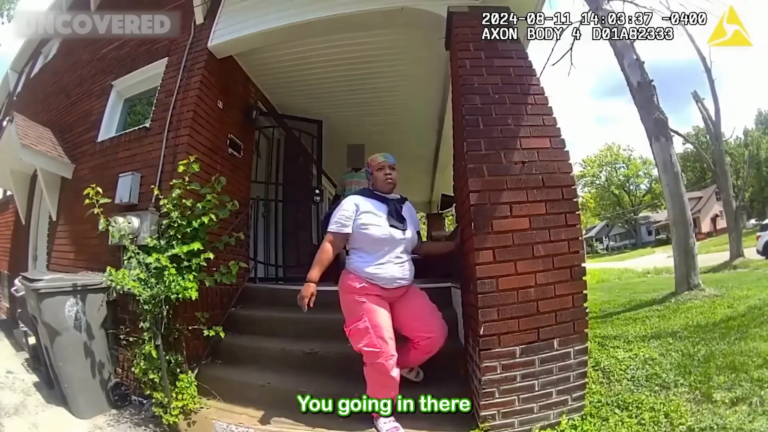Squatting is a growing concern for property owners, and it can lead to significant legal and financial troubles. Richard Craven’s experience with a squatter named Joey Gearen highlights the complexities and frustrations that come with dealing with such situations. This blog delves into Craven’s story, the legal ramifications of squatting, and what property owners can do to protect themselves.
Understanding the Situation
Richard Craven inherited a house from his in-laws with the intention of fixing it up and selling it. However, he quickly found himself facing unexpected challenges when Joey Gearen moved into the property without permission. Craven’s efforts to maintain the house, including cutting the grass and securing it, have been in vain as Gearen has taken control.
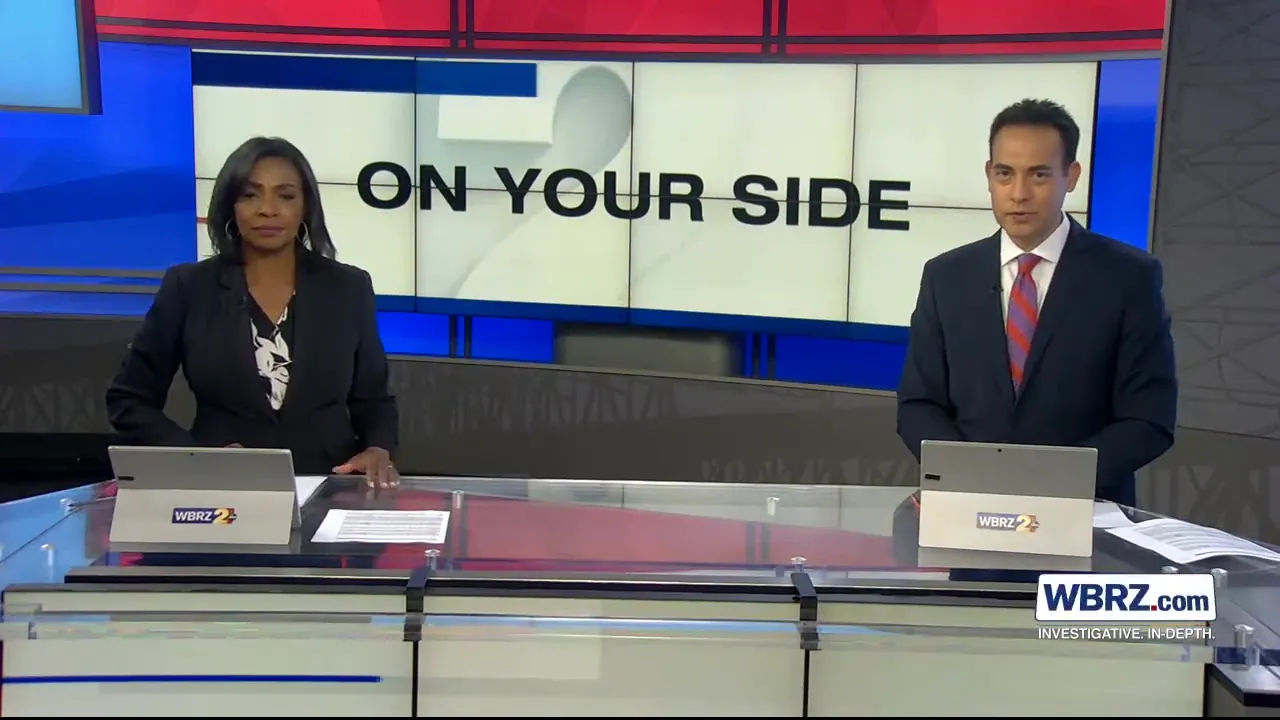
The Events Unfold
Craven’s frustration escalated when he discovered that Gearen had changed the locks and brought his own furniture into the house. In a previous encounter in April, Gearen had even redecorated the property with black paint and graffiti, leading to his arrest for unauthorized entry. Despite being released, he returned to the house, continuing to assert his presence.
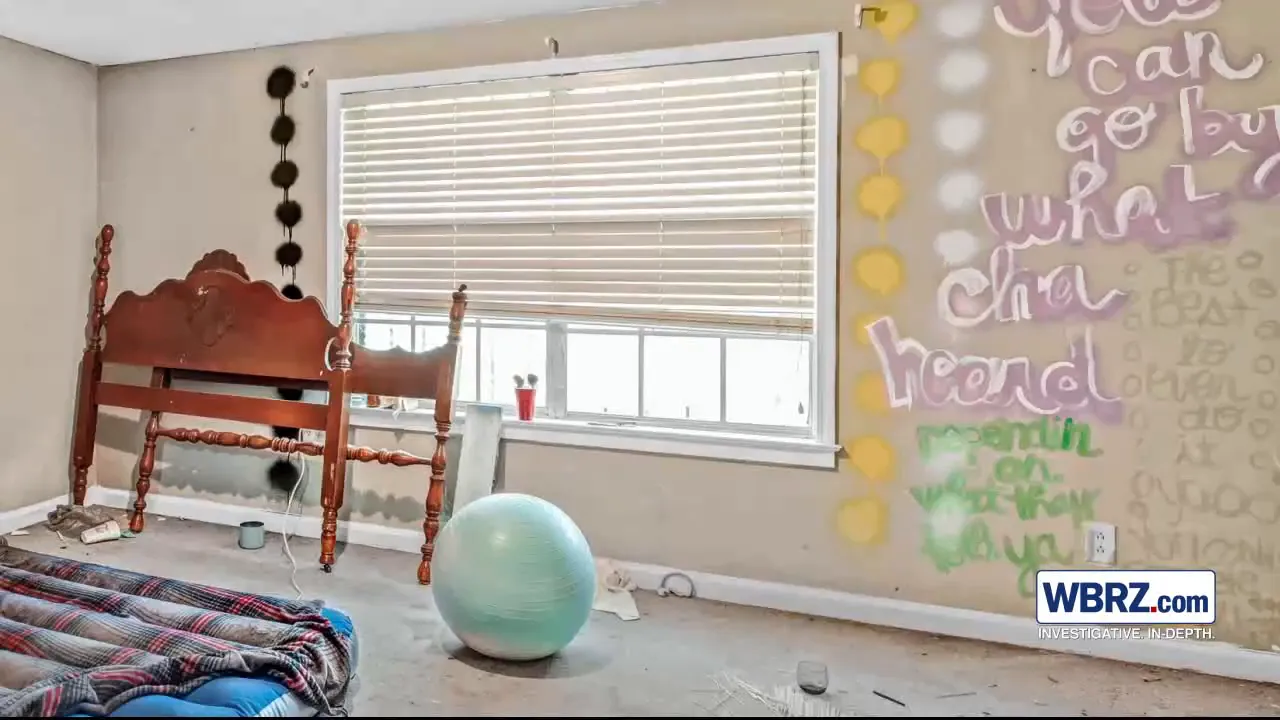
Legal Complications
The situation became more convoluted when Craven mentioned that Gearen was producing documents with his name forged on them. This has allowed Gearen to evade law enforcement, complicating Craven’s attempts to reclaim his property. The legal system can often be slow to respond in cases of squatting, leaving property owners feeling helpless.
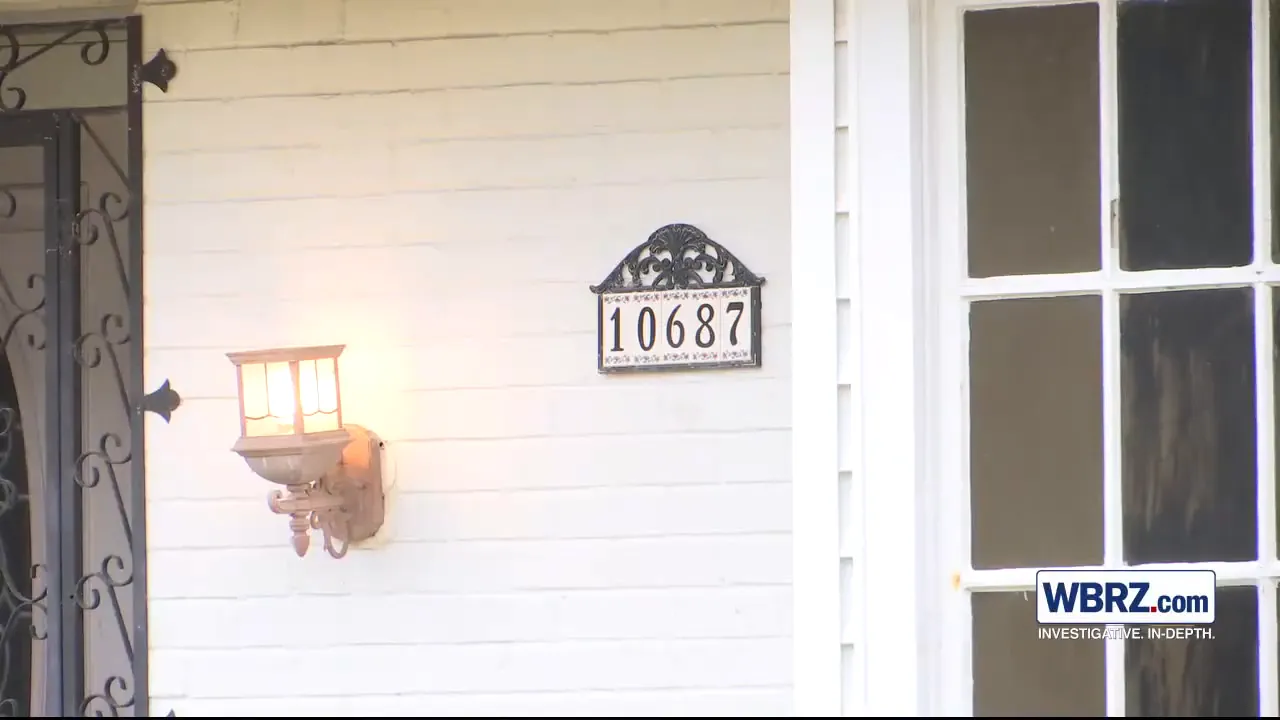
Community Impact
The issue has not just affected Craven; neighbors have reported unwanted traffic at all hours and other disturbances linked to Gearen’s occupancy. For instance, an incident involving someone tampering with the water meter left behind a mess and raised concerns about safety in the neighborhood.
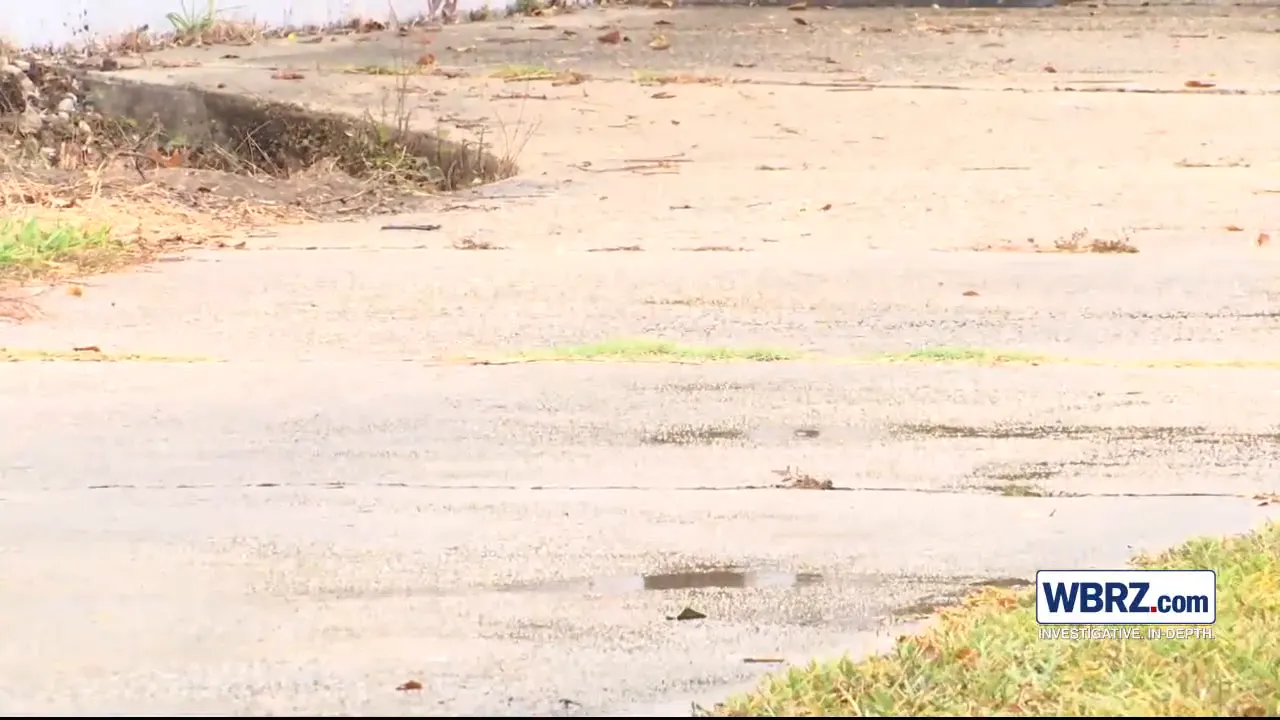
Police Response
When police were called, they left without making an arrest, which is often the case in squatting situations. This lack of action can be frustrating for property owners who feel that their rights are being overlooked. Craven’s decision to let the house go into foreclosure was born out of desperation, hoping it would prompt Gearen to leave.
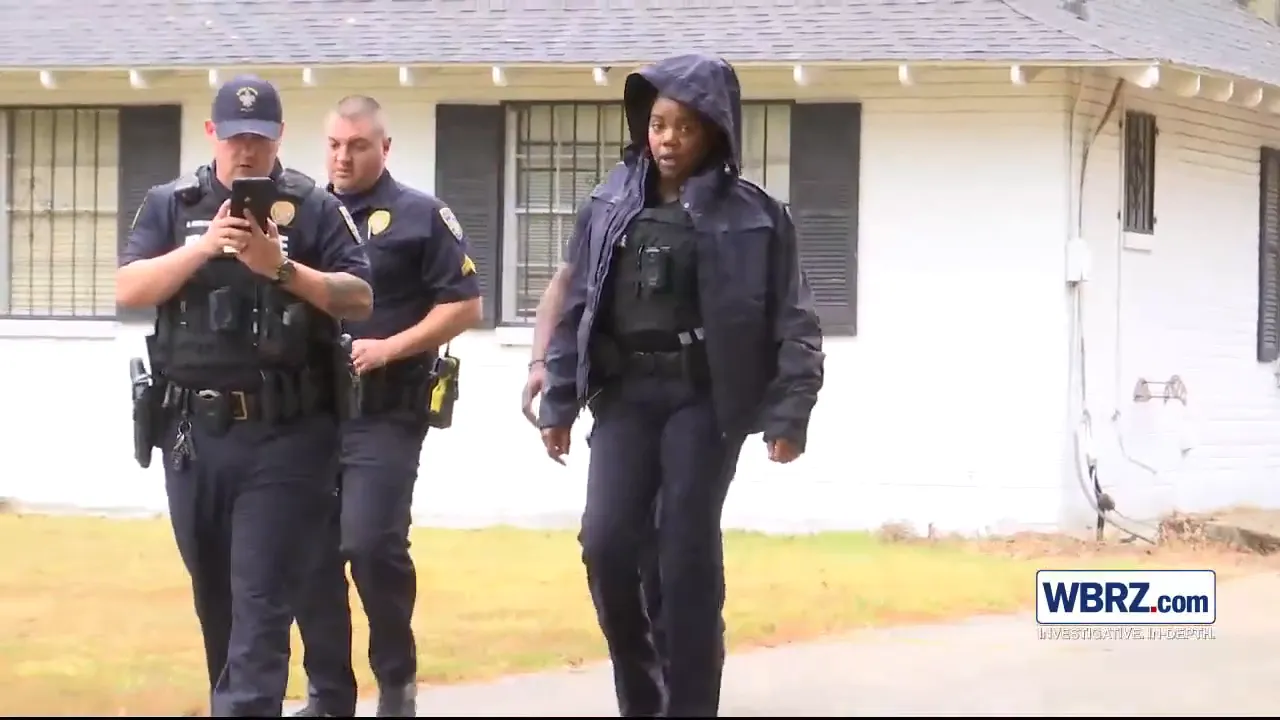
What Can Property Owners Do?
Dealing with squatters can be complex and emotionally draining. Here are some steps property owners can take to protect themselves:
- Secure the Property: Regularly check on vacant properties and ensure they are secured with locks and “No Trespassing” signs.
- Document Everything: Keep detailed records of interactions with squatters and any unauthorized activity on the property.
- Consult Legal Professionals: If you find yourself in a similar situation, consulting with a lawyer who specializes in property law can provide clarity and guidance.
- Consider Foreclosure: In some cases, allowing a property to go into foreclosure may expedite the removal process of a squatter.
Conclusion
The story of Richard Craven and Joey Gearen serves as a cautionary tale for property owners. Squatting can lead to significant complications, both legally and personally. Understanding the law, taking preventative measures, and knowing when to seek professional help can make a difference in protecting your property. As the situation continues to unfold, it remains essential for property owners to stay vigilant and informed about their rights.
For further information on how to protect yourself from squatters, visit Strategies for Excluding Non-Paying Squatters and Averting Financial Disaster.



